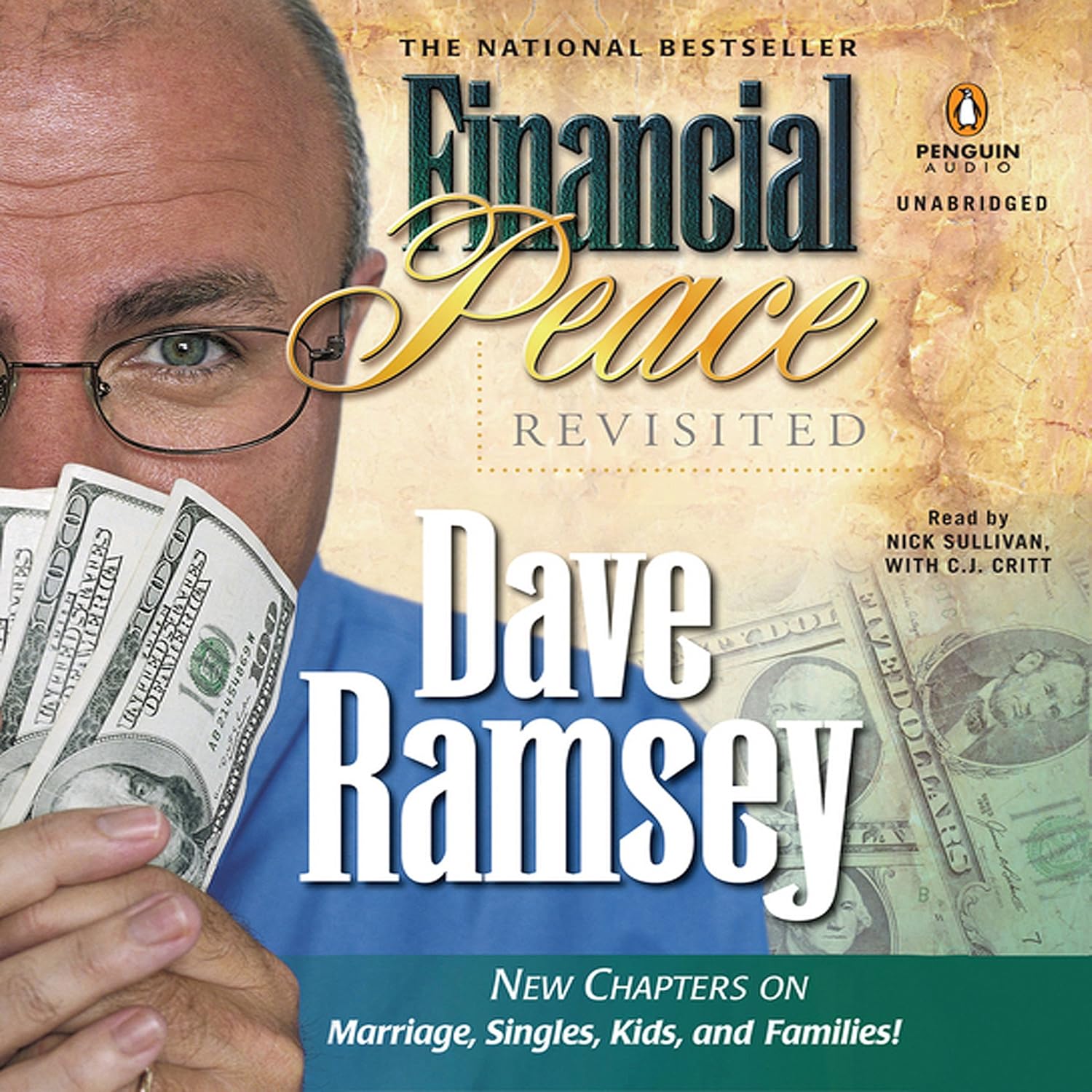I recently finished reading Financial Peace Revisited by Dave Ramsey, a comprehensive guide to achieving financial security and peace in life. With personal finance being a hot topic in today’s fast-paced world, I was intrigued by how Ramsey transformed his financial missteps into a framework that has now helped countless others. The promise of practical, easy-to-follow adviceas well as its reputation as a best-seller made this book a must-read on my list.
One of the standout features of this book is its strong emphasis on practical applicability. Ramsey delivers a wealth of information that’s simple to understand, making it particularly appealing for anyone venturing into personal finance. As noted by other readers like Mark J. Weafer, many found this book “full of useful information about correctly managing one’s money.” I wholeheartedly agree. Ramsey breaks down concepts like budgeting, debt reduction through the famed “Debt Snowball” method, and the critical importance of an emergency fund in a way that’s digestible for readers at all financial literacy levels.
Another positive aspect is the emotional and spiritual context Ramsey provides alongside financial concepts. This holistic approach resonated with me, as it pushes the readers not just to understand money but to examine the emotional and psychological factors that lead to poor financial choices. It emphasizes the importance of contentment in financial decision-making, something that many of us overlook in our pursuit of wealth. Jason Cox encapsulated this well by stating the book and Financial Peace University deliver indispensable information for transforming financial nightmares into dreams.
However, the book does have its drawbacks. While many of its principles are timeless, some examples and anecdotes feel somewhat dated. As pointed out by readers like the Amazon Customer, the advice can occasionally come off as generic, and it may not resonate with those who are seeking advanced financial planning strategies. For instance, critical concepts like asset allocation and ETFs are not covered extensively, which may leave seasoned investors wanting more.
Moreover, the book’s focus seems primarily tailored to those in significant financial distress. It aims to provoke an emotional response to drive change, aptly capturing what some readers might require but potentially alienating those who might be financially stable or looking for advanced strategies.
Overall, I found Financial Peace Revisited to be an enriching experience that provided me with a strong foundation in personal finance. While I do acknowledge the dated references and the more emotional approach might not be suitable for everyone, I believe those in financial turmoil or seeking clearer guidance can truly benefit.
In terms of practicality, Ramsey equips readers with actionable advice, which is vital in today’s economy. As someone who has navigated their financial hurdles, I appreciate that this book encourages dialogue around financial education in families, pushing for a culture of transparency with children about money matters, much like what Courtney described in her review.
In conclusion, I would recommend Financial Peace Revisited to anyone looking to start their journey towards financial stability, especially those who need inspiration and guidance towards reshaping their relationship with money. While it may not be the most advanced financial book out there, it has definitely met my expectations in providing clear, actionable steps and emotional insights that are critical for fostering long-term financial peace. Whether you’re struggling or simply looking to refine your understanding, this book serves as an invaluable asset on the road to financial enlightenment.








